The new Trek CarBack radar and light vs. the Garmin Varia
A look at how each device looks out for you
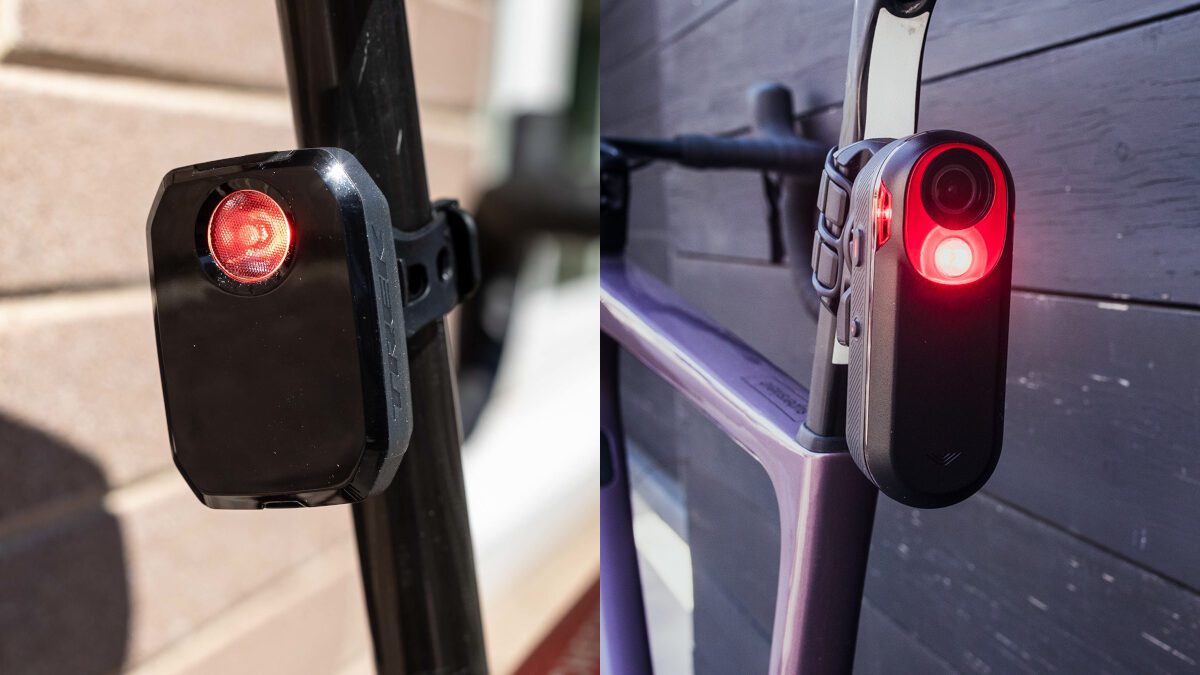 Photo by:
Matt Stetson
Photo by:
Matt Stetson
I’ve been a radar rider for four years. I like it, especially out of the city, where a car can truly sneak up on you if the wind or acoustics of an area are just right. The devices I’m most familiar with are by Garmin. Since I’m always keen to try something new, I thought it would be fun to compare the new Trek CarBack with the Varia RCT715.
Introducing the new Trek CarBack
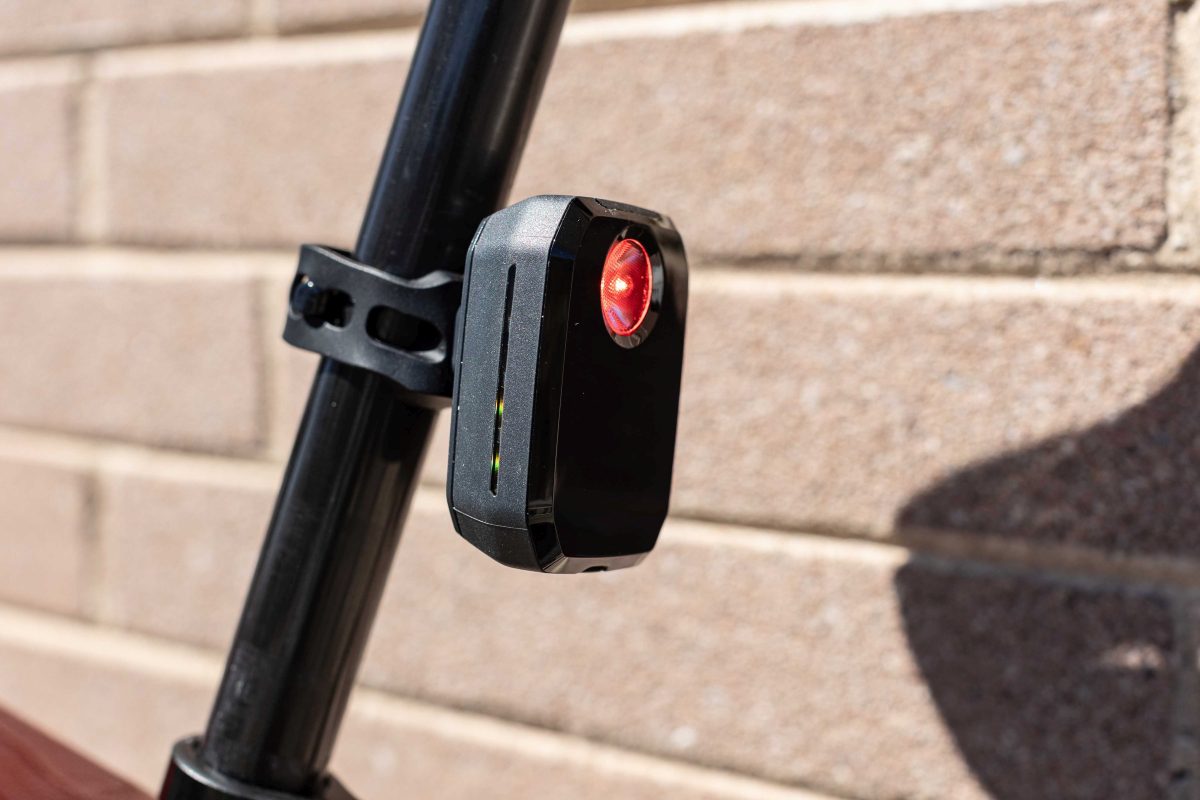
Trek’s CarBack is the company’s first go at a radar and light. It works with most cycling computers. I connected it without any trouble to a Garmin Edge 540 Solar, Edge 530 and Wahoo Elemnt Roam v1. Later on, I’ll get into the details about how the CarBack behaved with each head unit.
The radar unit comes with a USB-C charging cable and a mounting strap. The mounting strap worked well with round and flat-back seatposts. Trek says it works with aero seatposts, too. I haven’t been able to check that out yet, but I’m not so sure about that claim. The rubber straps don’t seem to have enough stretch for a deep seatpost. There’s also a Blendr mount for connecting the radar to a Bontrager saddle. That’s probably the best way to run the CarBack on your Madone.
It has four light modes: day steady (maximum 25 lumens), day flash (90-lumen bursts), night steady (5 lumens) and night flash (5-lumen bursts).
Like Garmin, Trek has a specific app that lets you get radar alerts on your phone. The Trek app has just been released so I’ll let you know my thoughts on that in the long-term review.
Here are some key specs for the CarBack, as well as the Garmin Varia RCT715 and Varia RTL515. Two things to note: the RCT715 is bigger because it not only has a light and radar, but a camera. Second thing: I verified the light settings, weight and dimensions of the CarBack and the RCT715 because I have those units on-hand. The rest of the figures come from the companies themselves.
| Device | Trek CarBack | Garmin Varia RCT715 | Varia RTL515 |
| Height | 70 mm | 106 mm | 99 mm |
| Width | 50 mm | 42 mm | 40 mm |
| Depth | 31 mm | 30 mm | 20 mm |
| Weight | 86 g | 147 g | 71 g |
| Light settings | four | four | four |
| Waterproof rating | IPX7 | IPX7 | IPX7 |
| Approaching vehicle detection range | 240 m | 140 m | 140 m |
| Maximum light visibility | 2,000 m | 1,600 m | 1,600 m |
| Price | $265 | $470 | $270 |

Trek CarBack battery life
With the Trek CarBack, I get close to seven hours of battery life. Throughout that time, I don’t stick with one flash setting but select whichever one is best for the riding conditions. In similar circumstances, I get four to five hours out of the Varia RCT715.
Trek says it takes three and a half to four hours to charge the device’s battery from dead to full. I ran it down to a charge of five to 25 per cent (one light of four indicating battery life), and got it charged to about 50 to 75 per cent (three lights) in about an hour and a half. It was fully charged in about two and a half hours.
How the Trek CarBack behaves with different head units
I paired the CarBack with the Edge 530 and the Varia RCT715 with the Edge 540. I rode around, then switched the radars among the Garmin head units. In each case, the Varia would mostly alert me to an approaching vehicle about a half to a full second before the CarBack did.
Next, I put the Varia on a Wahoo Elemnt Roam and the CarBack on the Edge 540 to see what that would show. Generally, the Varia was quicker on the draw when detecting a car within 140 m, a range that both radar devices could handle. For the farther stuff, naturally, the CarBack alerted me as it’s scanning all the way back to 240 m.
I then played around with the Varia on Edge units (both Varia/Edge combos seemed identical in their behaviour) while the CarBack was on the Elemnt Roam. Sometimes the CarBack would notice a vehicle before the Varia. Other times it wouldn’t. There were a few ties, too.
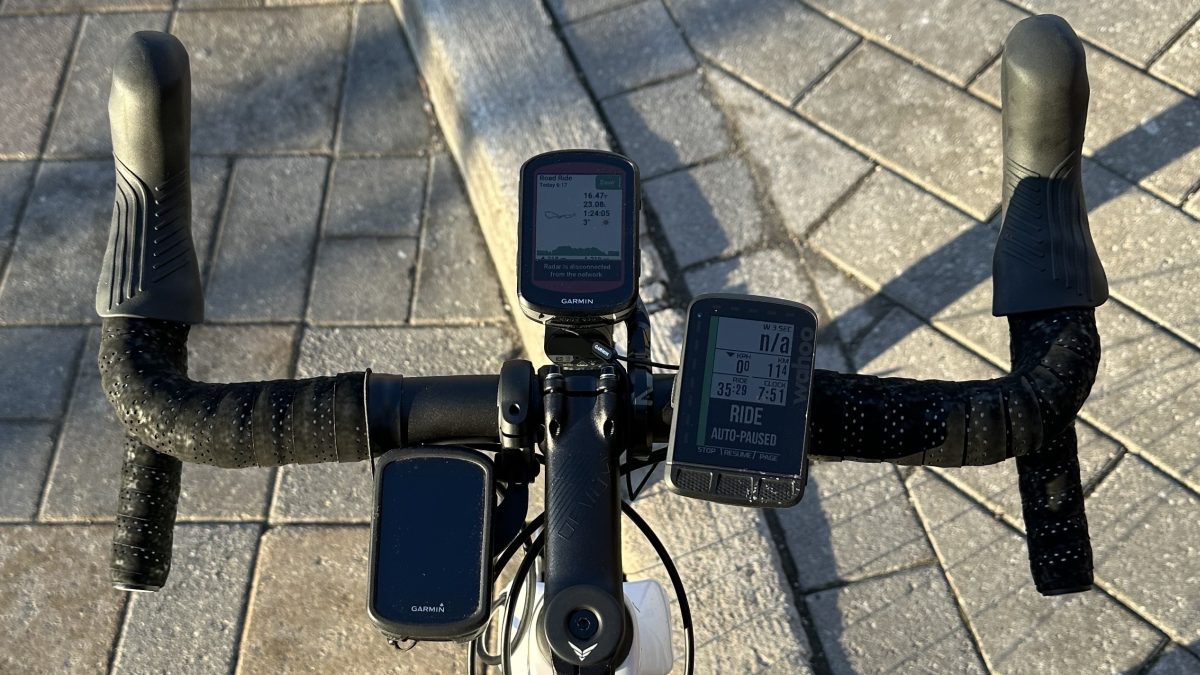
The CarBack “clears” cars sooner. Remember, once a radar detects a vehicle, the head unit it’s paired with beeps, and then displays a combination of lights and icons to indicate the car’s approach. Once the car passes, the head-unit screen returns to its default display. The CarBack usually indicated a car had passed sooner than the Varia, regardless of the head unit it was paired with. I should be clear here: the CarBack was never wrong when it said the cars were gone. The Varia is a more cautious device, sometimes indicating there’s a vehicle behind even when I could clearly see it had moved ahead of me. You might say the CarBack is more accurate in this regard.
Trek says that CarBack’s detection zone widens behind you. From the radar device to 50 m behind your bike, the CarBack is capturing movement 15 m to the left and 15 m to the right. From 50 to 100 m behind, the field is about 20 m left and right. From 100 m to 240 m, the limit of the CarBack’s range, the detection area is at its widest: 30 m to the right and left. Only once did a car sneak in behind me. It had made a left-hand turn, arriving on my road at my seven o’clock—my blind spot if I was in a car. I don’t want to make too much of this miss. Afterall, radars are not infallible. As I mentioned, I’ve used the Garmin radars for years. Throughout that time, I’ve noticed that on roads with a lot of ups and downs and/or bends, a car can get pretty close to me before the radar picks it up.
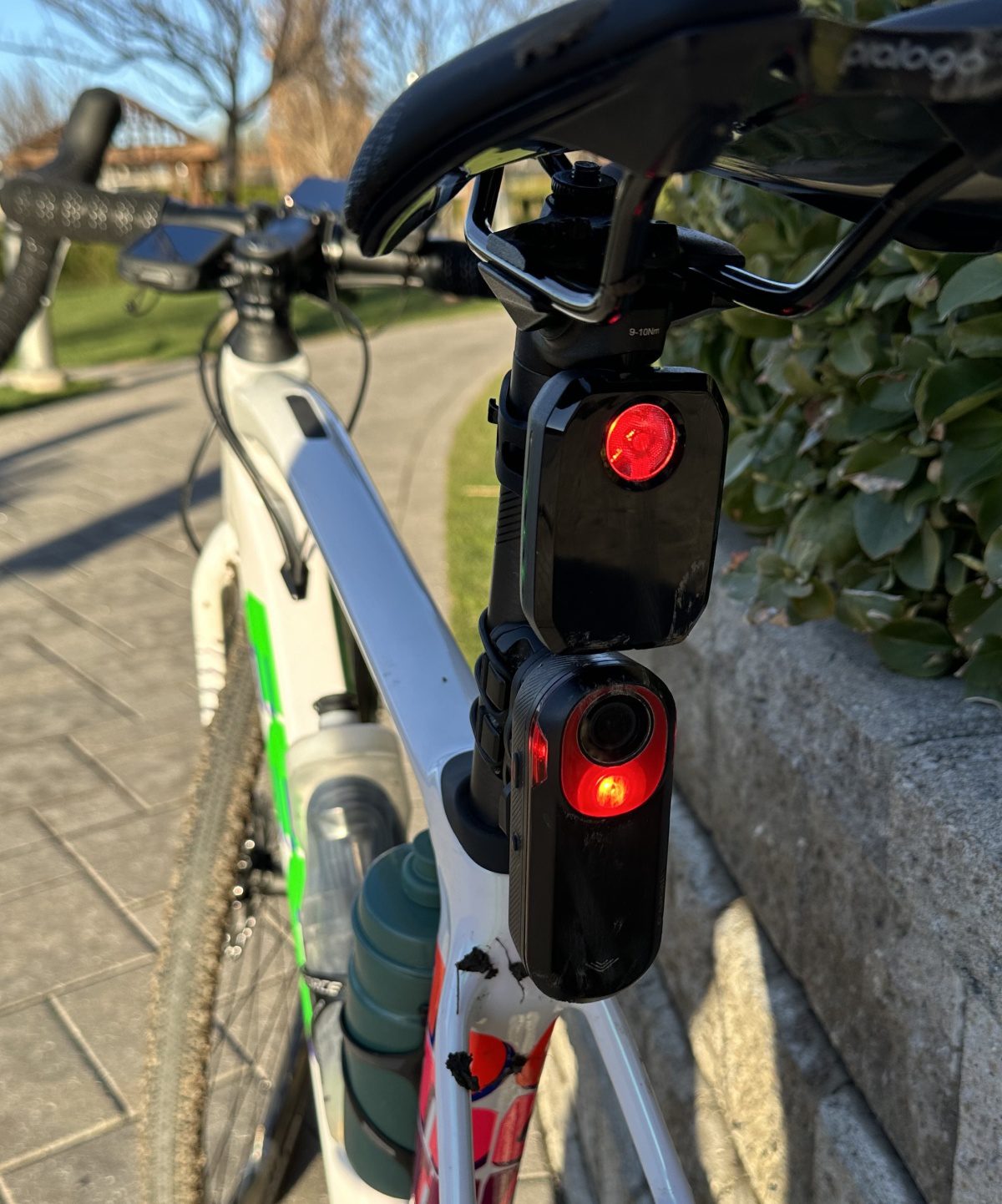
Another thing I’ve noticed, and that’s hard to quantify, is that the Varia RCT715 seems a bit “chattier” than the CarBack. Here’s an example. I was on a bike path that ran parallel to a fast and busy four-lane road. The path was around 5 m to the right of the traffic, separated by a raised curb and a grass strip. Yet, the traffic had the Varia and my head unit pinging. There were cars around, sure, but nothing coming at me. The CarBack was quiet. It seems to have less of the Varia’s cry-wolf factor, which is a good thing. If you think your device is behaving like the boy in the fable, you won’t pay attention to it as much as you should.
The Varia is more likely to be set off by other cyclists and pedestrians.
Finally, note that with a Garmin computer, you can control the light settings of the CarBack. You can even set it to auto, and let the head unit manage the light. The Wahoo doesn’t offer that functionality. While you’ll get radar alerts displayed on the Elemnt, you’ll have to reach back and push the button on the CarBack to find the light setting you want.
There’s an app for the CarBack
I got a CarBack before launch, but not its smartphone app. I’ve just downloaded it and snagged a few screen grabs. On a head unit, dots or car icons indicate the in-coming cars in a bar to the side of the screen. The Trek app gives a richer picture of where the cars are in relation to you, not just how far back, but laterally when vehicles are 75 m or closer. Head units don’t show if a car is to left or to the right of you.
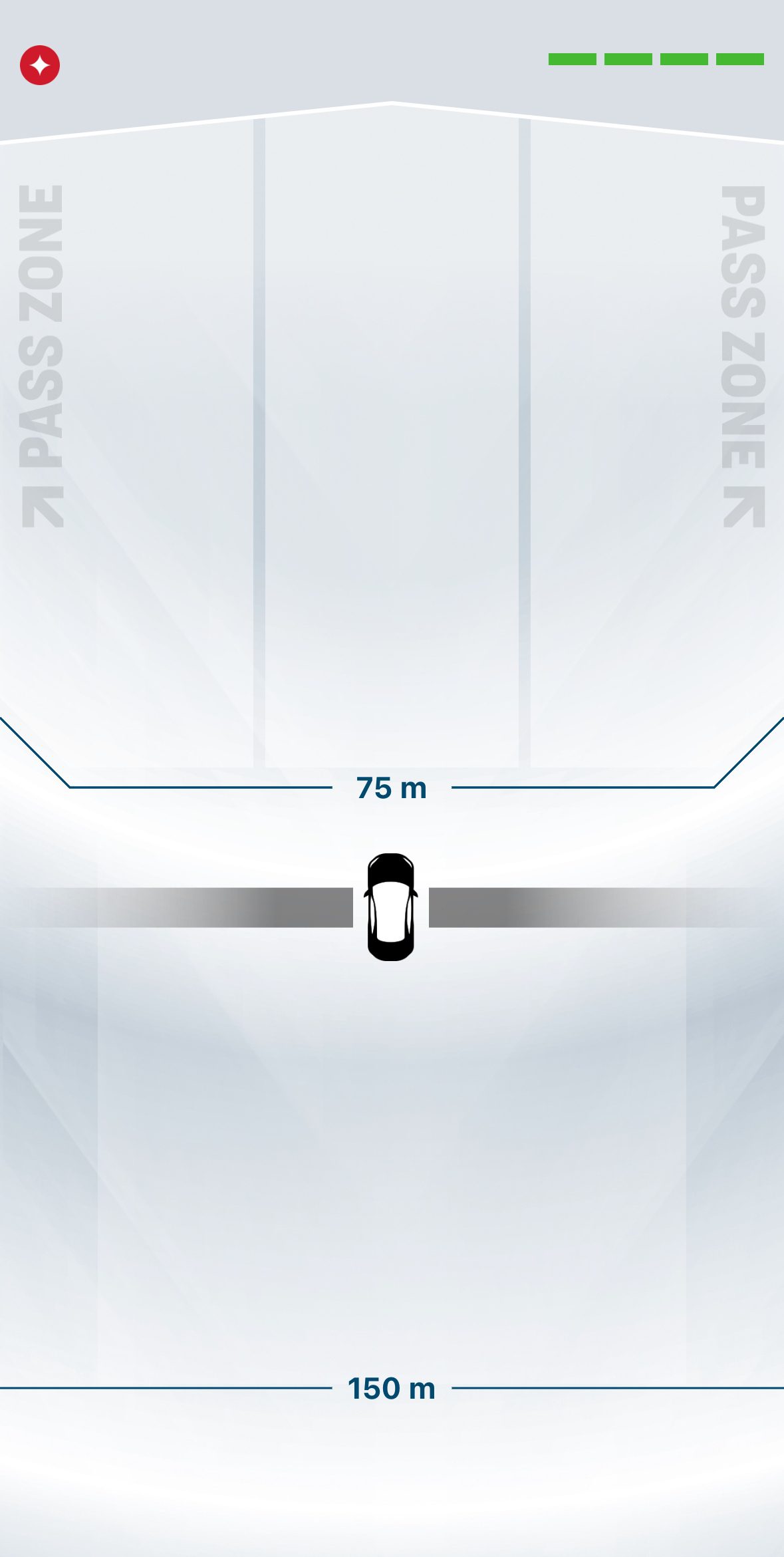
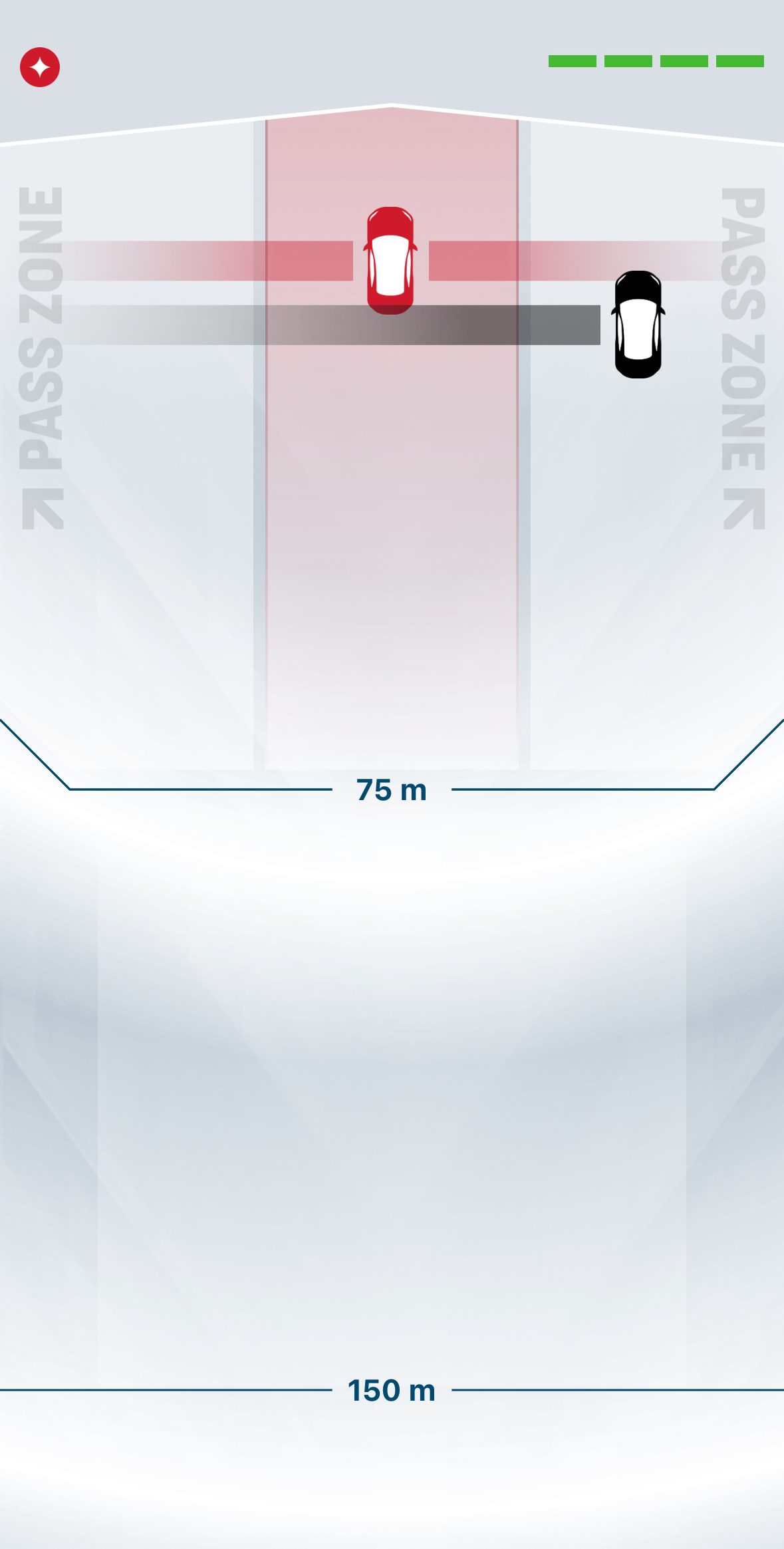
First thoughts on the Trek CarBack
I do like the CarBack’s compact size. Afterall, the Varia RCT715 is a bit of a chunky monkey. (That’s what you get if you want video.) The better battery life of the Trek device is a boon, too. The Varia has occasional drop outs. I did not notice any with the CarBack; its connection with all the head units was strong and consistent. I am intrigued by how a radar’s performance changes somewhat depending on the head unit it’s paired with. As I continue to use the Trek CarBack, I plan to match it with other bike computers, as well as its app. I’ll let you know what I detect.
